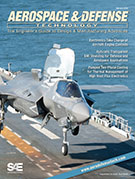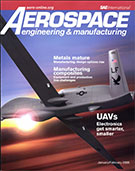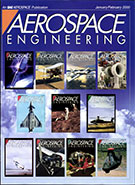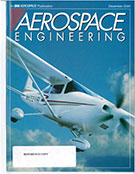Magazine

Aerospace & Defense Technology: December 2020
2020-12-01
How Solid-State Technology Impacts A&D Equipment Testing The Role of Prototype/Test Systems in Next-Generation C5ISR Development Using Advanced Computational Engineering Software to Meet Aerospace & Defense Industry Challenges How Advanced Vacuum Bag Kits Streamline Composite Parts Manufacturing Replacing Multiple RF Receivers with Just One Using Channelization Air Force Technology Tracks "Sporadic E" Progress on Zirconia-Polyurea Matrix Hybrid Composites Incorporating zirconia particles into polyurea elastomers to form hybrid composites and designing them into state-of-the-art body armor has the potential to achieve lightweight ballistic efficiency. Bioenvironmental Engineering Guide for Composite Materials Developing a comprehensive baseline for identifying, evaluating, and controlling occupational and environmental hazards associated with composite fibers and materials for base-level Bioenvironmental Engineering (BE) personnel.



















